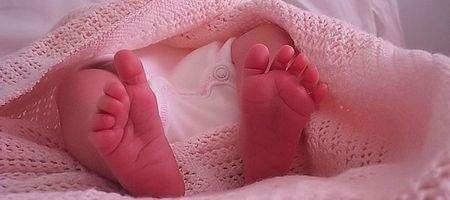Babies can distinguish between, and begin to learn, two languages with vastly different grammatical structures at just seven months old, say scientists.

A study by the University of British Columbia and Université Paris Descartes shows that babies brought up in bilingual environments use pitch and duration cues to discriminate between languages – such as English and Japanese – with opposite word orders.
In English, a function word comes before a content word (the dog, his hat, with friends, for example) and the duration of the content word is longer. In Japanese or Hindi, the order is reversed, and the pitch of the content word higher.
“By as early as seven months, babies are sensitive to these differences and use these as cues to tell the languages apart,” says UBC psychologist Janet Werker.
Previous research by Werker and and co-author of the new study, showed that babies use frequency of words in speech to work out their significance.
“For example, in English the words ‘the’ and ‘with’ come up a lot more frequently than other words – they’re essentially learning by counting. But babies growing up bilingual need more than that, so they develop new strategies that monolingual babies don’t necessarily need to use,” says Judit Gervain, a linguist at the Université Paris Descartes.
“If you speak two languages at home, don’t be afraid, it’s not a zero-sum game,” says Werker. “Your baby is very equipped to keep these languages separate and they do so in remarkable ways.”






